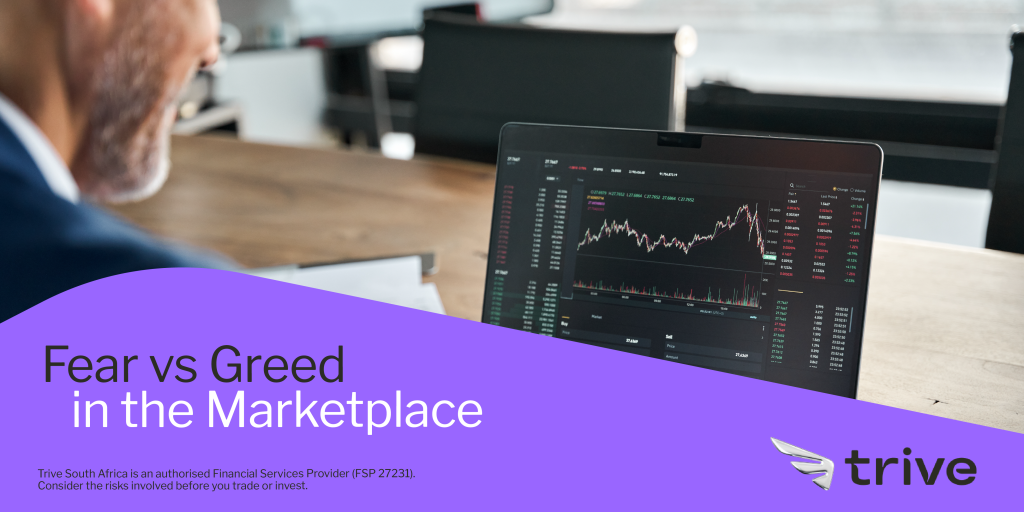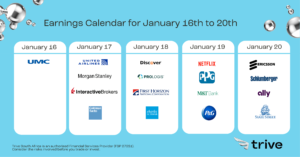
Earnings season is back in full swing across the United States, and it’s off to an electrifying start with giants like JPMorgan, Citigroup, and Wells Fargo leading the charge. These financial giants have astounded everyone by not just meeting but surpassing all expectations, leaving Wall Street utterly impressed.
Yet, beneath the surface of this financial triumph, a more cautionary melody played. JPMorgan’s CEO, Jamie Dimon, shared a measured perspective. He acknowledged the present advantages of increased net interest income and remarkably low credit costs, fully aware that such fortuitous circumstances will eventually return to a more commonplace state. Furthermore, he sounded a sombre note regarding the global stage, citing the ongoing conflict in Ukraine and recent tensions in the Middle East. These international disturbances have the potential to ripple through the energy and food markets, affecting trade and geopolitical relationships.
In response to these uncertain times, the market swiftly sought refuge, driving the price of gold to new heights. Meanwhile, oil prices have surged as fears of disruptions in Iran’s supply loom due to the conflict in Gaza. The spectre of prolonged inflation now hangs over the horizon, as the uptick in oil prices could add to the recent strain, bolstering Dimon’s stark declaration that we may be entering one of the most precarious eras the world has seen in decades.
Last Friday, the CNN Money Fear and Greed index remained firmly ensconced in the “fear” zone, reflecting the market’s wary sentiment. As investors continue to take a step back from risk, a critical question emerges: will the resumption of earnings season reignite an appetite for riskier assets, or will caution continue to rule the day, fostering a climate of uncertainty?
Time alone holds the answer as the battle between fear and greed intensifies. With companies like Tesla and Netflix poised to take the earnings stage this week, we’re in for an exhilarating standoff that could define the near future of the market’s direction.
Sources: Koyfin, Tradingview, Reuters
Piece written by Tiaan van Aswegen, Trive Financial Market Analyst
Disclaimer: Trive South Africa (Pty) Ltd, Registration number 2005/011130/07, and an Authorised Financial Services Provider in terms of the Financial Advisory and Intermediary Services Act 2002 (FSP No. 27231). Any analysis/data/opinion contained herein are for informational purposes only and should not be considered advice or a recommendation to invest in any security. The content herein was created using proprietary strategies based on parameters that may include price, time, economic events, liquidity, risk, and macro and cyclical analysis. Securities involve a degree of risk and are volatile instruments. Market and economic conditions are subject to sudden change, which may have a material impact on the outcome of financial instruments and may not be suitable for all investors. When trading or investing in securities or alternative products, the value of the product can increase or decrease meaning your investment can increase or decrease in value. Past performance is not an indication of future performance. Trive South Africa (Pty) Ltd, and its employees assume no liability for any loss or damage (direct, indirect, consequential, or inconsequential) that may be suffered from using or relying on the information contained herein. Please consider the risks involved before you trade or invest.




